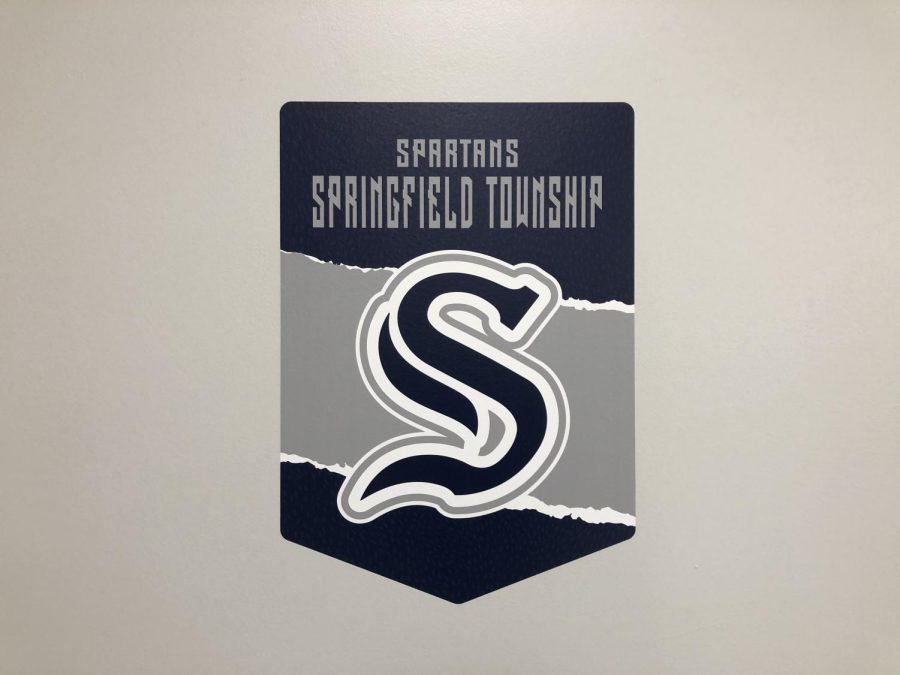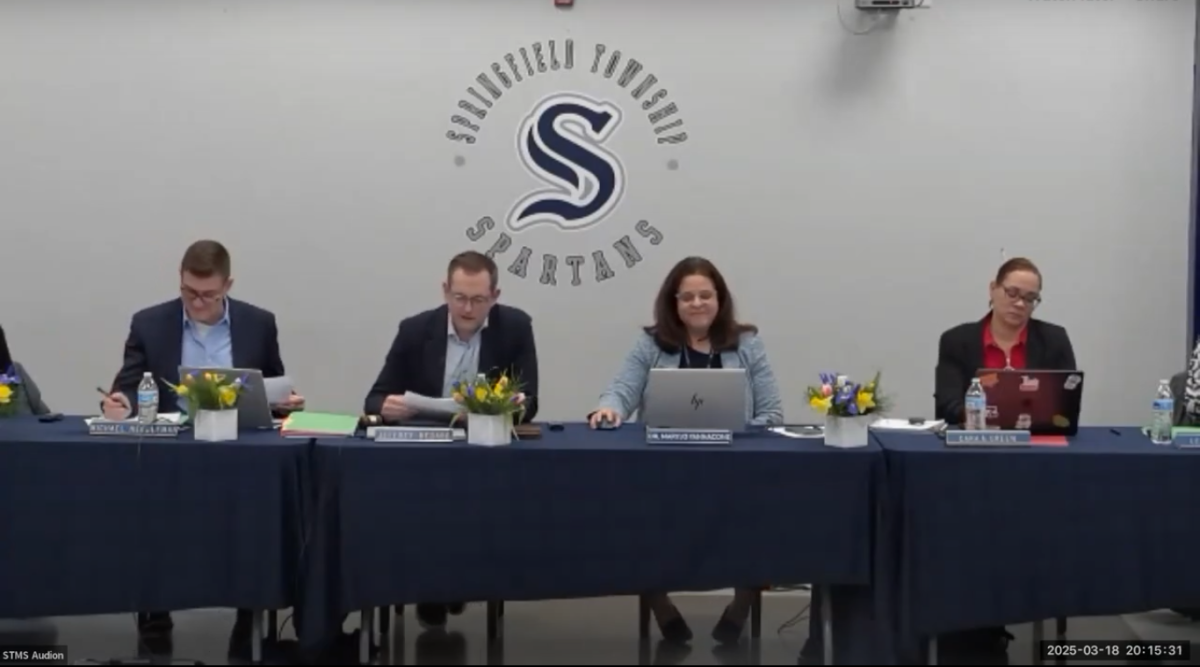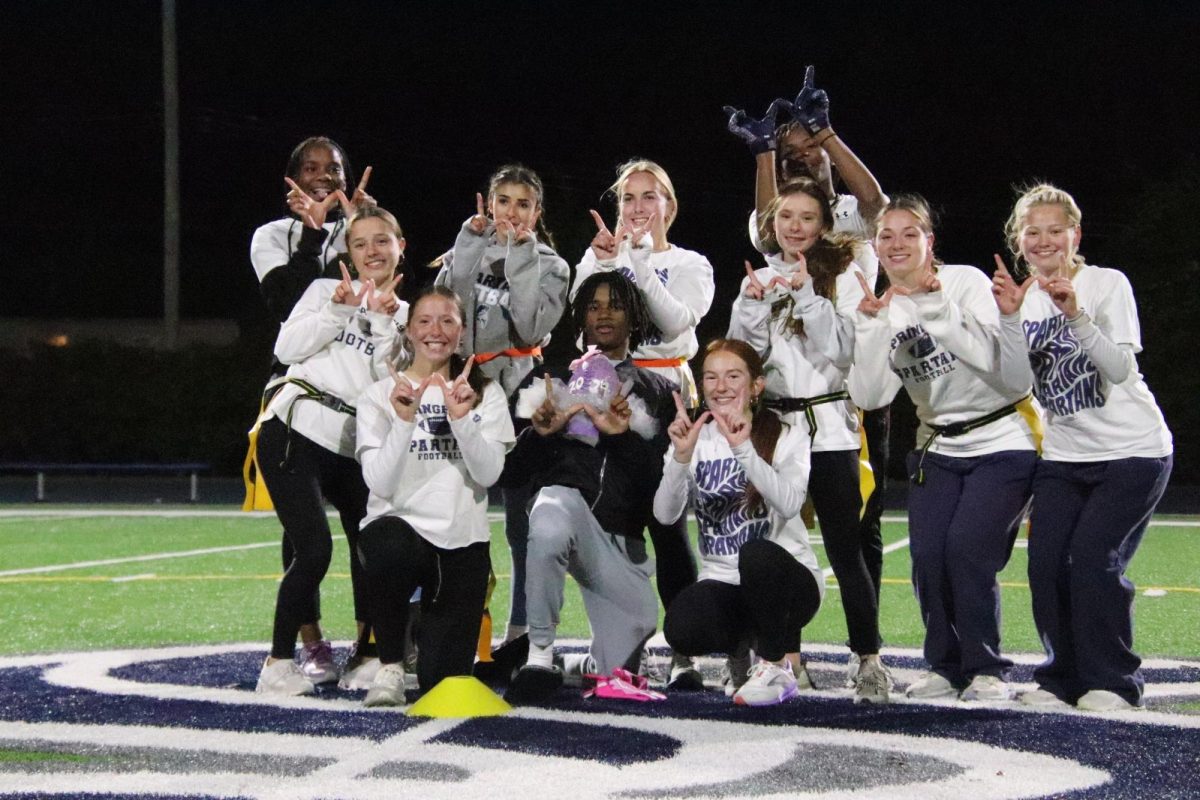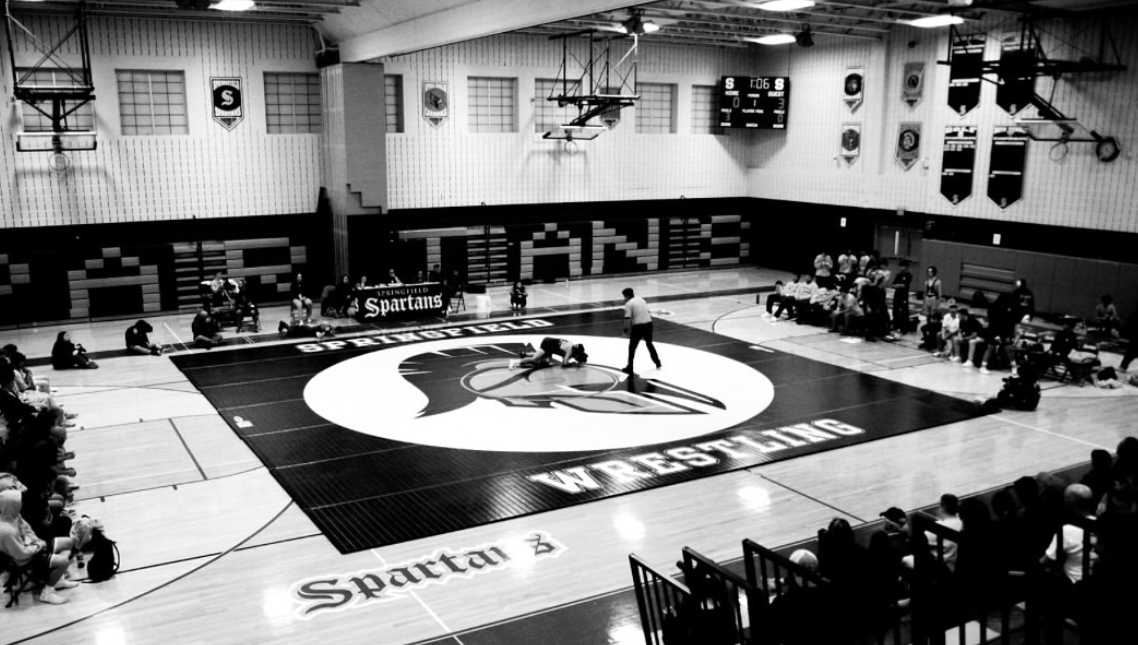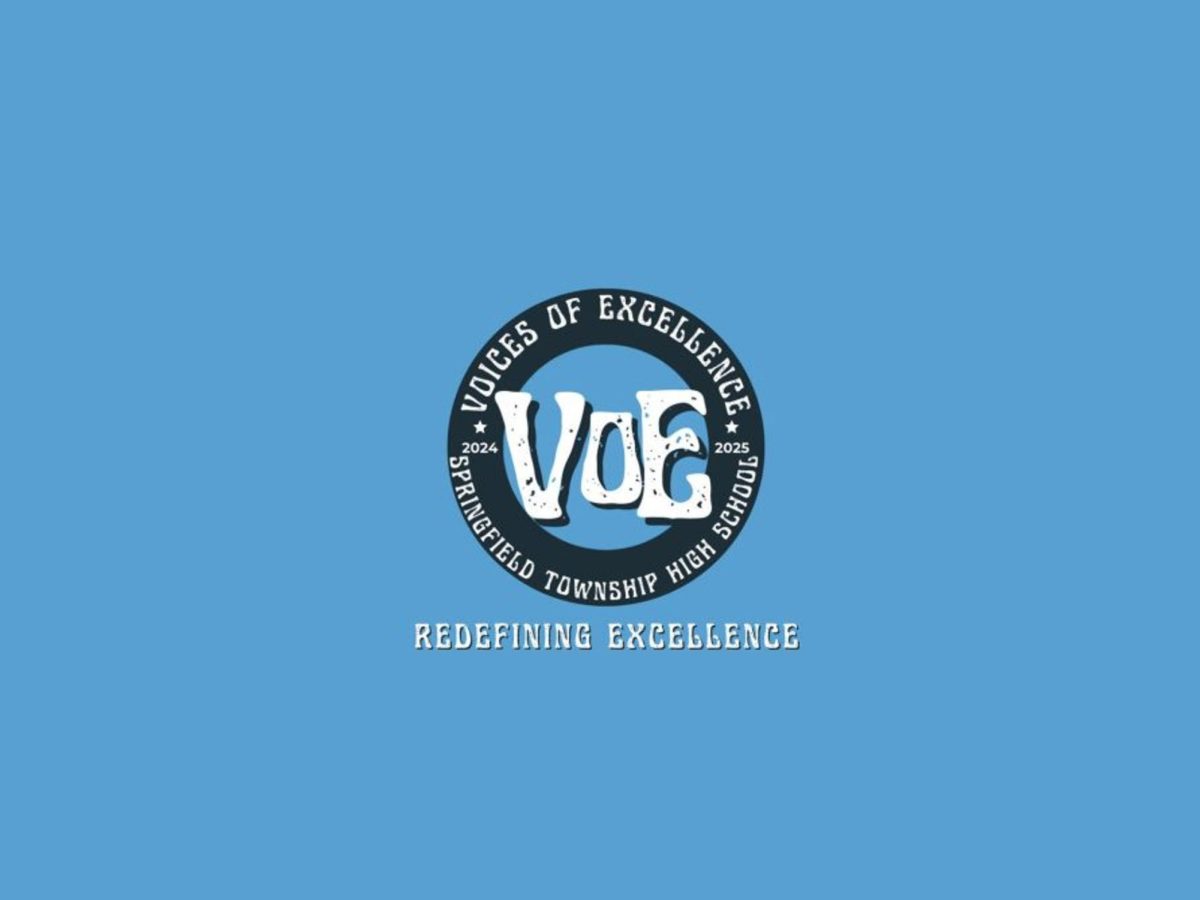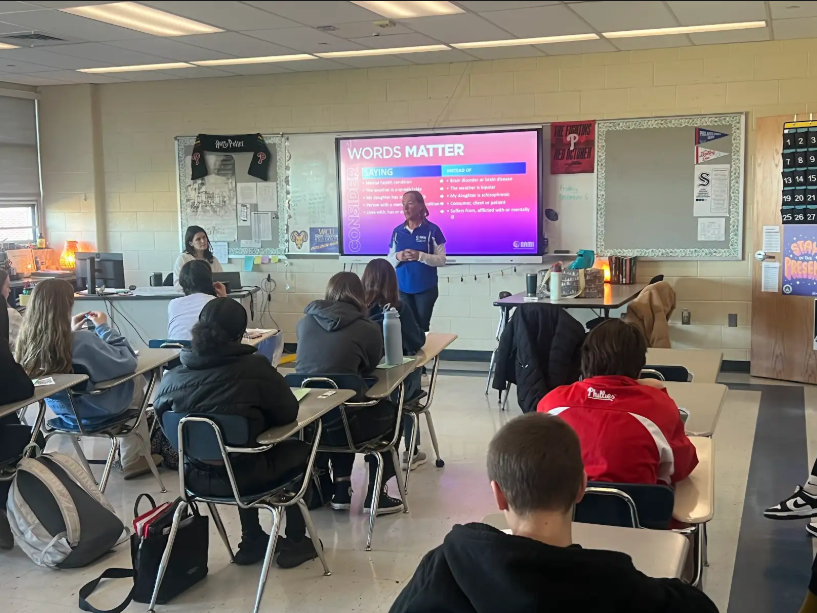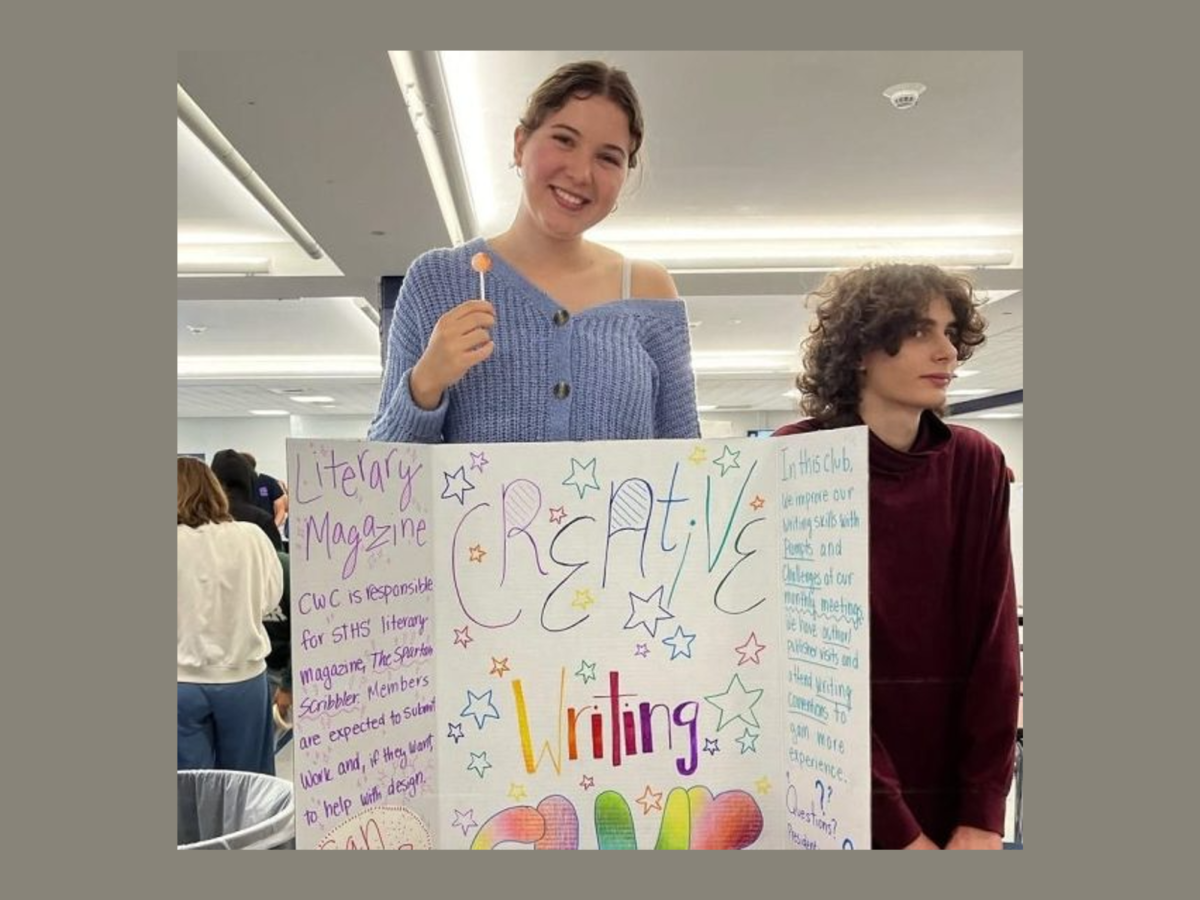Recently, high school students have had a significant reshaping in both clothing styles and environmental consciousness. This shift can be traced to many new trends involved with clothing, and its direct impact on overall environmental protection. These opportunities include thrifting, donating, and buying used clothes from name-brand websites.
Thrifting
“Thrift stores” were created in the 1930s to offer more affordable clothing options during the Great Depression. As time progressed, these stores slowly adapted to becoming a method to enhance diversity in fashion. Although this shift in audience appeal has led to mixed opinions, with some disproving due to price increases against those in need, many support this “new age” of thrifting. Nigel Gialdo (Junior) claims “thrifting is at its peak right now,” expressing how it is a “very environmentally friendly process” that “decreases commercial fashion brands using unethical practices that cause harm to the Earth.”
According to Springfield High School students, popular nearby thrift locations include Goodwill, 2nd Ave Thrift, Liberty Ministries Thrift, I Spy, You Buy, and Flea Markets located across Philadelphia.
Donation Options
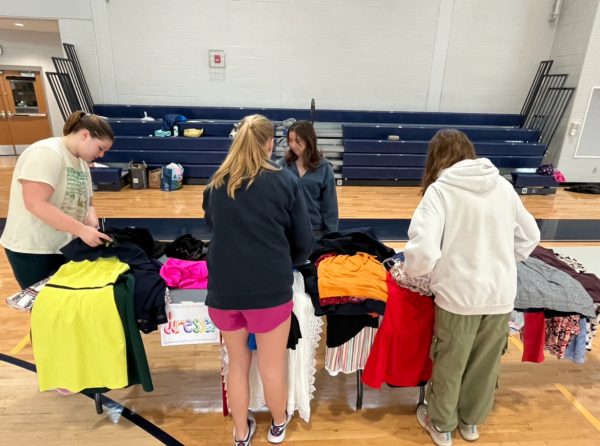
You know those old clothes sitting in the back of your closet? Well, good news: many donation sites are located locally and in neighboring townships. Many of these sites go directly to larger companies, such as Goodwill or the Salvation Army, while others are collected at local churches and distributed to those in need. Other donation options can be found here in Springfield Township High School, with groups such as the Sustainability Club and Interact Club hosting annual Clothing drives.
Donations are a great way to have a meaningful impact on your community while also limiting the amount of non-decomposable clothes in landfills.
Branded Takeback Programs
In recent years, many large companies have started doing “takeback programs,” where they purchase gently used items, repackage them, and sell them at a discounted price. This provides mutual benefits for both the company and the environment, with companies increasing sales and having a reduced negative impact on the environment. Although new, dozens of companies have taken advantage of this opportunity, providing affordabl e fashion for those who can’t afford it at full price. Numerous companies, including Lululemon, Patagonia, and H&M, have incorporated this policy into their websites, causing a decrease in their brand’s negative environmental impact.
e fashion for those who can’t afford it at full price. Numerous companies, including Lululemon, Patagonia, and H&M, have incorporated this policy into their websites, causing a decrease in their brand’s negative environmental impact.


